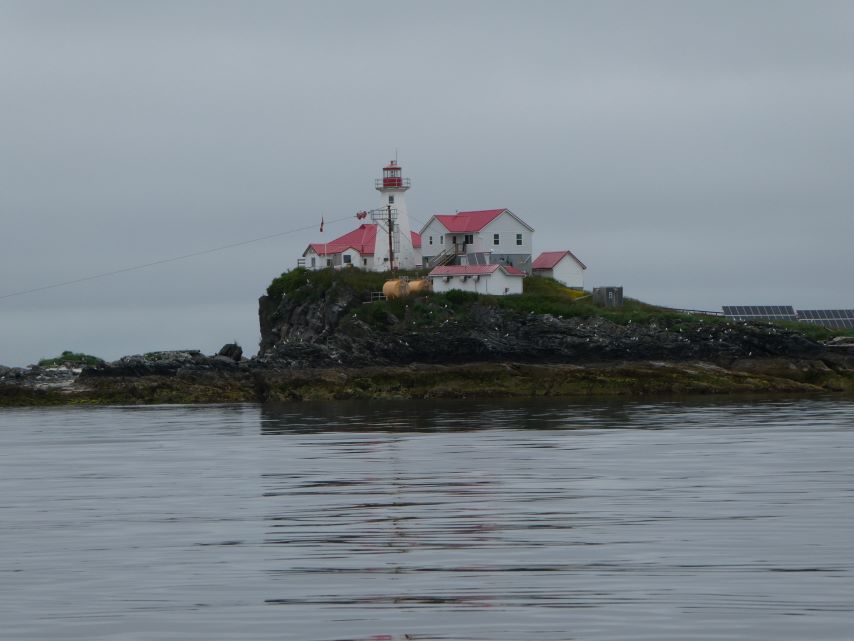June 19, Wednesday
Kelly Calvert, one of the administrators for the “Boating the Inside Passage to Alaska” on Facebook wrote an article about “Gates of the Inside Passage” that was of interest to us.
Gates Of The Inside Passage by Kelly Calvert:
The “Gates Of The Inside Passage” refers to a sequence of navigational challenges along the Inside Passage that can be impassible depending on the conditions. These “gates” consist of either Tidal rapids, or significant bodies of water with ocean swells, high winds, or high currents (or even worse high winds or swell, opposing high currents).
The easiest of the two to plan for are the rapids. BC is home to the fastest tidal rapids in the world (up to around 20kts in some cases). Perhaps even more dangerous than the speed is the turbulence. For example Seymour Narrows, near CampbelI River, forms a 100’ whirlpool on max flood at spring tides that has capsized many boats over the years.
Fortunately, it is very easy to transit the rapids safely by following a very simple rule. Only transit at or near slack water. By “near” I mean plus/minus 15 min on spring tides, and plus/minus 30 min on neap tides. This requires careful planning to arrive on time. It is essential to have tide and current tables on board in one form or another (eg paper, or electronic, but you still can’t count on cell coverage for the vast majority of the trip).
Since it can be hard to predict how the current will affect your speed as you approach one of the rapids, I always plan to arrive an hour early, and if I’m ahead of schedule it’s a lot easier to slow down than try to make up time. If you follow this approach you will not have any problems with the rapids.
The gates which are bodies of water affected by some combination of swell, wind, and current are harder to predict and plan for. They’re all unique, and require local knowledge, and well beyond the scope of a single FB post.
For example, Johnstone Strait has practically daily afternoon gales in the summer as the prevailing NW , afternoon winds funnel down the strait. When these winds are opposing a significant ebb current it can create surprisingly large waves.
Northbound from Seattle I consider the gates to be (depending on your route):
- Deception Pass
- Strait of Juan de Fuca
- Swinomish Channel
- Dodd Narrows
- Strait of Georgia
- Seymour Narrows or The backwater rapids (Guillard, yaculta, Dent, Greenpoint, whirlpool, etc)
- Johnstone Strait
- Queen Charlotte Strait
- Cape Caution
- Princess Royal Channel
- Grenville Channel
- Dixon Entrance
- Peril Strait Rapids (near Sitka)
–Strait of Juan de Fuca, Strait of Georgia, Queen Charlotte Strait, Cape Caution, and Dixon Entrance fall into “significant bodies of water with ocean swells, high winds, or high currents (or even worse high winds or swell, opposing high currents).” Today we crossed Dixon Entrance, a gate of this type that we had not crossed at some point in our boat in U.S and Canada. For the most part it was a beautiful day, sometimes cloudy and grey and at others sunny and bright. The wind was mostly between 6-9 mph although near Ketchikan it got up to about 15mph. The ocean swells were 1.5 to 2 feet with a few of them up to 4 or 5 feet, creating an uncomfortable ride when they were on the side of the boat. The trip took 12 hours which is a bit of a long day for us. We are now moored at Bar Harbor Basin, North in Ketchikan.






















